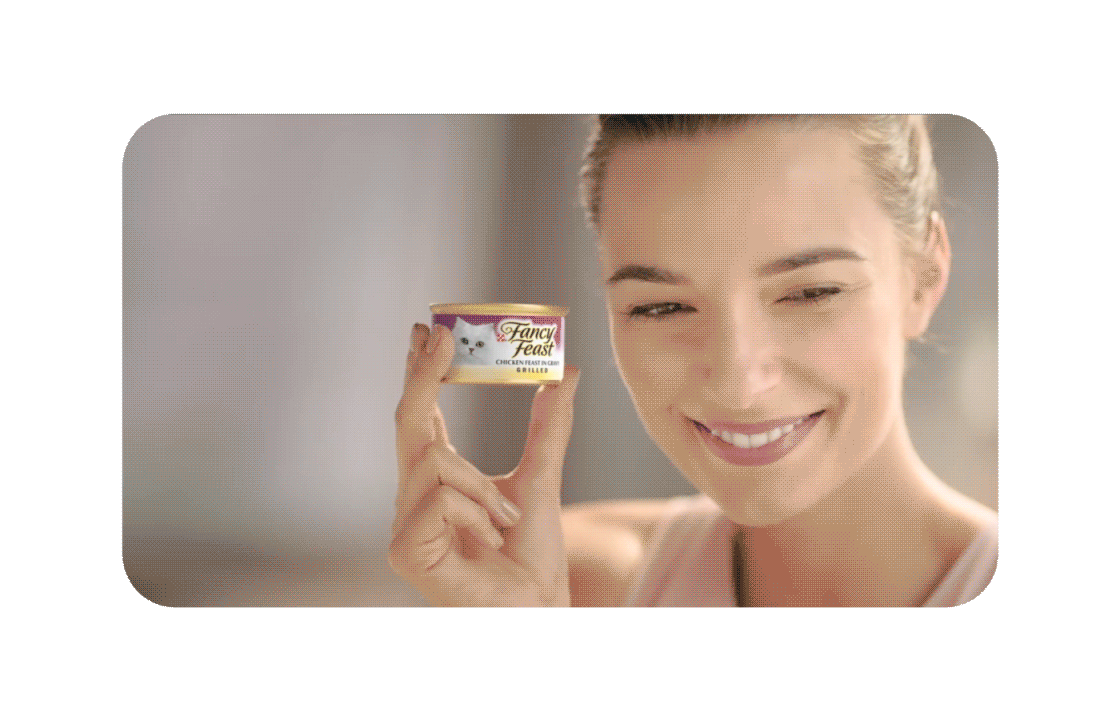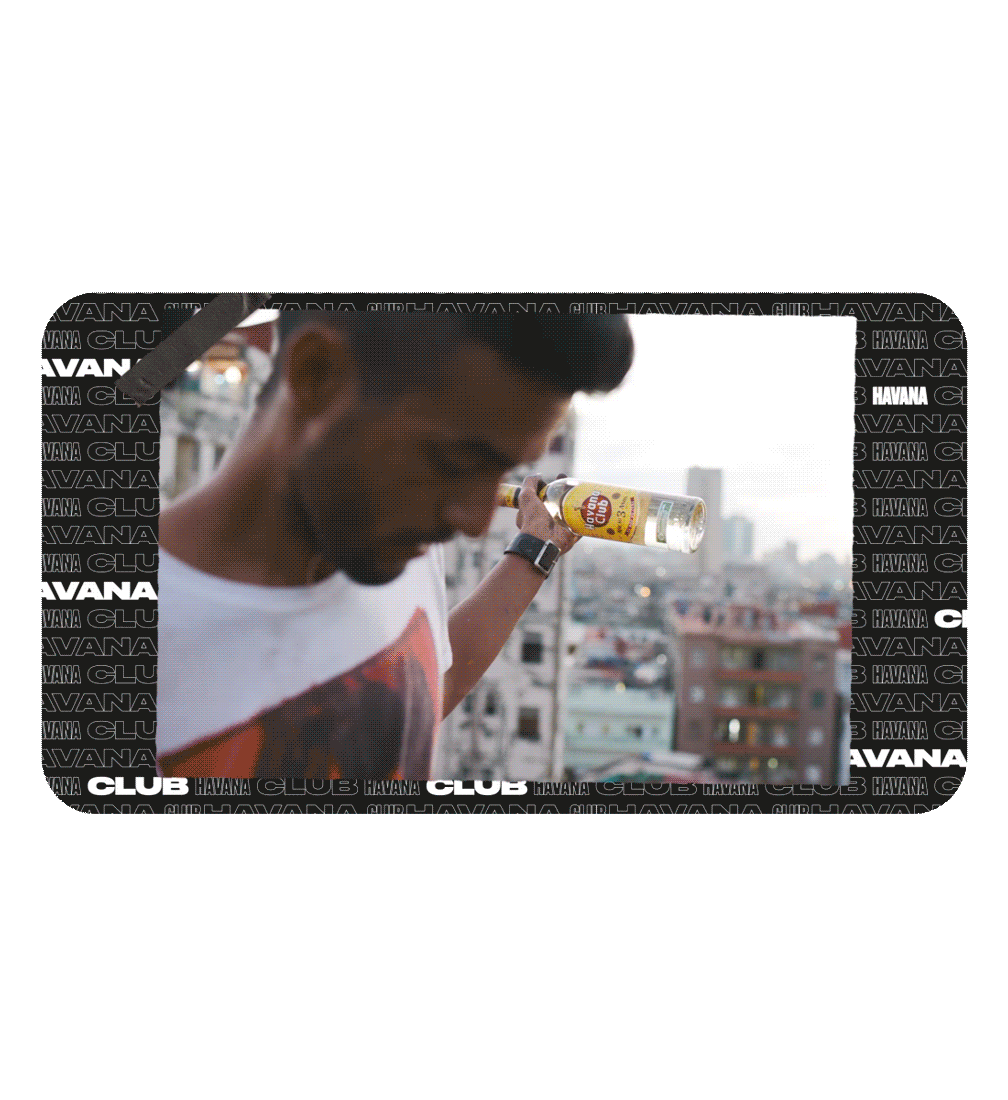As an increasing number of CPG brands shift their focus from traditional media towards digital channels, advertisers are faced with a new challenge: how to create equity building campaigns on this medium.
This article examines the role that video ads are playing in this shift, and how brand communication has had to undergo a process of translation in order to suit the digital landscape.
Brand outcomes are being driven by digital
Digital is continuously growing in terms of the share that it represents within total ad spend globally. Digital ad spend accounted for more than 50% of total media spend for the first time in 2019, and by 2024 this proportion is predicted to climb to over 60%.
For most, these numbers won’t come as a surprise. It has been common knowledge for a number of years that the future of advertising would be shaped by digital. But we are now seeing this future fully come to fruition, with digital currently being leaned on heavily in order to achieve not only performance, but also brand marketing objectives.
Digital has often been defined in terms of performance, due to the precision targeting and measurability that it offers. However, more and more brands are now looking to digital in order to tell their brand stories and boost brand equity.
Building CPG brand awareness with digital
Historically, global CPG brands have been accustomed to focusing their brand marketing efforts into traditional media channels such as Linear TV, Print, and Out-Of-Home (OOH). However, these methods are gradually becoming an antiquated and ineffective way of reaching audiences, especially younger generations.
For example, Linear TV—often viewed as the king in terms of brand marketing—is haemorrhaging viewers as audiences favor digital alternatives such as Connected TV. As a result, CPG brands are responding by giving digital a stronger presence within their brand marketing strategies in order to reach a generation of digital natives and cord-cutters.
For the CPG industry in the U.S alone, digital ad spend is predicted to rise 16.4% to $22.58 billion in 2021. Some of this growth is performance-driven, coming as a result of a greater emphasis on e-commerce and direct-to-consumer in the wake of COVID-19, however, brand awareness still remains a core focus for CPG brands aiming to maximize their reach and saliency online.
The role of digital video ads
Video is an extremely powerful and popular tool when it comes to brand objectives, with 58% of advertisers stating that they utilize digital video in order to build their brand.
Brand awareness is all about impact and memorability. Video functions perfectly to achieve these markers. For this reason, video has become one of the primary ways that CPG brands are building brand awareness online.
Digital video ads however, have an anatomy that is markedly different to traditional TVC’s. There is no defined, universal set of best practices that apply to all digital video ads, as the magnitude of different digital channels and placements all have unique best practices that advertisers should follow on a case-by-case basis. However, there are commonalities that can be identified across digital channels.
Let’s look at some of the common ways that brand awareness-focused digital video ads commonly deviate from their TVC predecessors.
1. Ditching the traditional story arc

Traditional story arcs start slow and build towards a climax and resolution. This framework worked in TV’s "forced view" environment where the audiences watch the ad in its entirety, meaning that it made sense to deliver impact at the conclusion of an ad in order for it to be memorable.
Saving the best till last doesn’t translate well on digital platforms. Digital audiences are mobile audiences with short attention spans and the option of either scroll past, or skip an ad before it reaches a conclusion. If crucial branding elements are left until the end, they are likely to be missed. Therefore, video ads developed for digital should begin with immediate impact in order to garner initial attention and follow this up by featuring the product + branding early so that they reach a maximum audience.
The Purina Fancy Feast example above does this effectively by having prominent product-focused visuals and bold branding bookmarking both the beginning and ending of the ad.
2. There is no one-size-fits-all approach
 Another luxury afforded to TV advertisers is the fact there was only one set of specifications that had to be abided by. TVC’s are created to fill a universal, horizontal 16:9 frame. This means that designing for TV is a standardized, cookie-cutter process where the canvas remains the same.
Another luxury afforded to TV advertisers is the fact there was only one set of specifications that had to be abided by. TVC’s are created to fill a universal, horizontal 16:9 frame. This means that designing for TV is a standardized, cookie-cutter process where the canvas remains the same.
Digital on the other hand comprises a myriad of different platforms and placements, all with their own unique specifications. This means that in order to reach as many people as possible—in as many places as possible—brands need to develop multiple creative assets that are optimized for their intended destination.
3. Communicating "brand" visually
 Another key consideration for digital platforms is that many viewers will watch video ads with sound disabled. Platforms such as Facebook, Instagram, and Pinterest autoplay their video ads with sound off, and other platforms that do play with sound enabled will have significant amounts of viewers watching with no sound due to the mobile environment in which they are viewing.
Another key consideration for digital platforms is that many viewers will watch video ads with sound disabled. Platforms such as Facebook, Instagram, and Pinterest autoplay their video ads with sound off, and other platforms that do play with sound enabled will have significant amounts of viewers watching with no sound due to the mobile environment in which they are viewing.
CPG brands have traditionally relied upon voice-over within their TVC’s in order to explain to the audience the benefits associated with their product. On digital, these product attributes need to be communicated visually. All aspects of visual language play into this, however, key elements such as bold typography are commonly used as an effective substitute for voice-over. The Cheetos ad above achieves this by heavily featuring their “flaming hot” messaging via text in order to drive home this brand message.
This feeds into the next consideration: the need for CPG brands to amplify brand elements in order to cut through the wealth of competing noise.
4. Amplified branding
 The digital landscape is characterized by a huge amount of competing noise. So, in order for a brand to cut through, its branding needs to be dialled up to a few notches louder than what is seen in conventional TVC’s.
The digital landscape is characterized by a huge amount of competing noise. So, in order for a brand to cut through, its branding needs to be dialled up to a few notches louder than what is seen in conventional TVC’s.
The Schwarzkopf example above has utilized bold text along with borders as a way of amplifying its branding, making the brand identity more visible within the ad.
How can Shuttlerock help?
The CPG industry still remains strongly tethered to traditional media channels such as TV. However, the steady siphoning of viewership away from TV is resulting in greater focus being placed upon digital mediums. As this focus shifts, it is important that CPG brands adapt to the new landscape and design their creative accordingly.
As this article has explored, designing for digital isn’t exactly straightforward. Even for top-of-funnel purposes, brands need a magnitude of different creative assets in order to fill the many different digital placements. This can often cause a headache for CPG brands who are either unaccustomed to designing for digital, or don’t have the time or resources required to stay on top of the ever-changing digital landscape with its fluid best practices and new ad formats.
Solutions such as Shuttlerock are engineered to solve this problem. With designers trained in cross-channel best practices, and tech that enables volume, variation, and speed—Shuttlerock provides a one-stop-shop for CPG brands wishing to excel in their digital efforts with optimized video creative.











.png?width=159&height=159&name=Group%201000001080%20(1).png)

